You must have noticed the growing love for traditional Indian clothing among foreign TikTokers, YouTubers and influencers! Even in India, the youth is showering Indian fabrics and attire with so much love. Do you want to know why India’s traditional clothing is a vibrant celebration? The answer is its diverse culture and history.
At the centre of this tradition lies a fascinating variety of fabrics. Each and every fabric carries its own story, intricately woven with history, craftsmanship, and cultural significance.
If you’re drawn to the timeless elegance of silk or the airy comfort of cotton, understanding each fabric enhances your appreciation of traditional Indian attire. Let’s explore 10 Traditional Indian Fabrics that define the essence of traditional Indian clothing.
10 Types Of Fabrics and Their Names
Knowing about your culture and traditions is always empowering, isn’t it! Knowing about the different fabrics that are rooted in our Indian culture not only makes you feel proud but also lets you choose the right type of fabric for yourself.
When you know how many types of fabrics there are, you can choose which fabric would be best for your saree or lehenga and make informed decisions.
So, here are the different types of fabrics and types of clothing materials that you can find in India:
Royal Fabrics
India has had a long and rich history of kings and emperors, which is why we have a huge variety of royal fabrics. Here are the types of clothes fabric that have a royal touch:
1. Tussar: The Rich Texture
If you are looking for a fabric that truly stands out with its rich texture and natural golden sheen, Tussar silk is the best option.
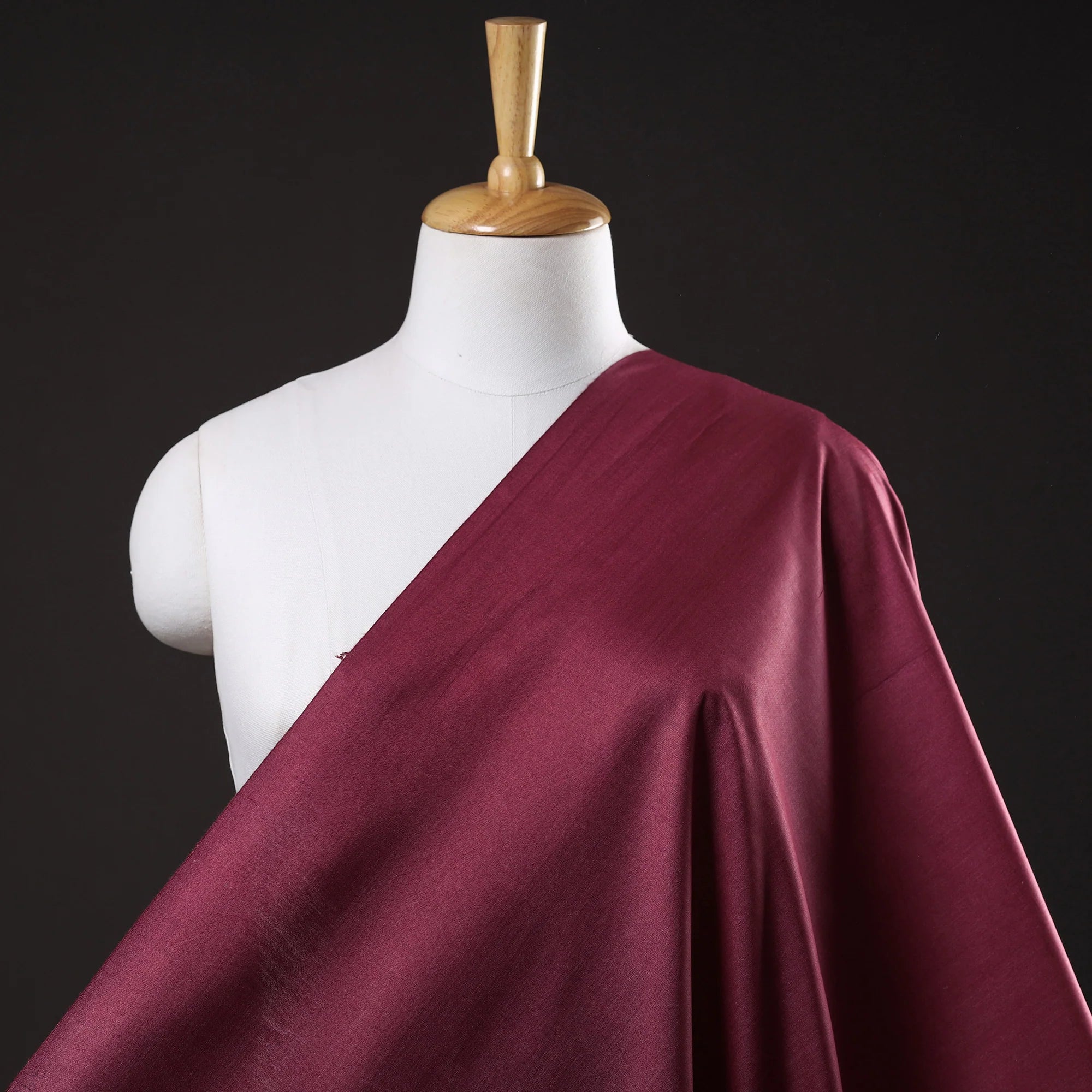
Tussar silk, also known as "wild silk," has been produced in India for thousands of years, particularly in regions like Jharkhand, Bihar, and West Bengal.
This fabric is celebrated for its unique texture and natural golden hue, which artisans have cherished for centuries.
Often handwoven with traditional patterns and motifs, this fabric is a popular choice for sarees and shawls.
2. Silk: The Fabric of Royalty
For any special occasion in India, silk is considered the go-to fabric. Why? It’s because this fabric has a smooth texture and luxurious feel.
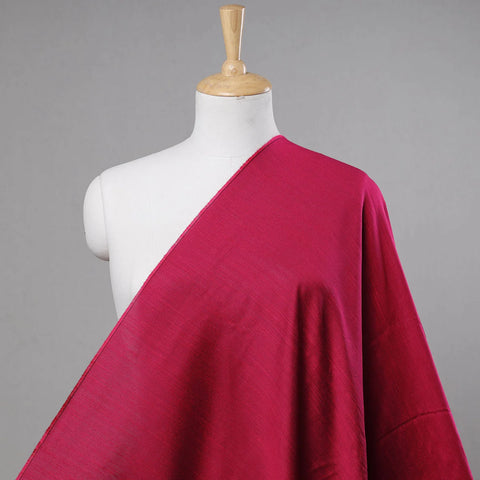 +
+Silk has a glossy finish, making it perfect for making vibrant and elegant garments.
Sarees, lehengas, suits, and sherwanis made from this fabric remain staples for weddings and festivals.
3. Kanjeevaram Silk
When it comes to the types of saree fabric, Kanjeevaram silk is always mentioned! Known by different names, Kanivaram silk or Kanchipuram silk originated in the town of Kanchipuram in Tamil Nadu. This luxurious silk is known for its unmatched craftsmanship, vibrant colours, intricate motifs, rich zari work, and durability.
Kanchipuram silk/ Kanjeevaram silk sarees are not just garments; they are heirlooms that reflect our culture and tradition.
4. Mulmul/Voile: The Feather-Light Delight
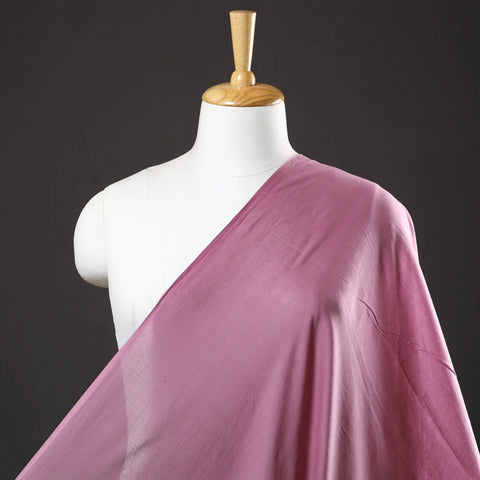
Mulmul, also known as muslin, has its origins in ancient India, particularly in the Bengal region. It gained fame for its delicate as well as airy texture and was often exported to the Middle East and Europe.
Mulmul, muslin, or voile should be your go-to fabric in the summer, as it is light and breezy.
When it comes to different types of cotton fabric, Mulmul, which is typically made from cotton or a cotton blend, stands out for its comfort and elegance.
Mulmul offers an ethereal quality, whether it’s used in sarees, stoles, or kurtis.
Everyday Comfort Fabrics
There is a huge range of everyday comfort fabrics in traditional Indian. Here are the types of fabrics with names that you can wear every day:
1. Cotton: The Fabric of Comfort
Cotton has been grown in India for over 7,000 years, with the Indus Valley Civilisation being one of the first to cultivate and weave cotton into fabric.
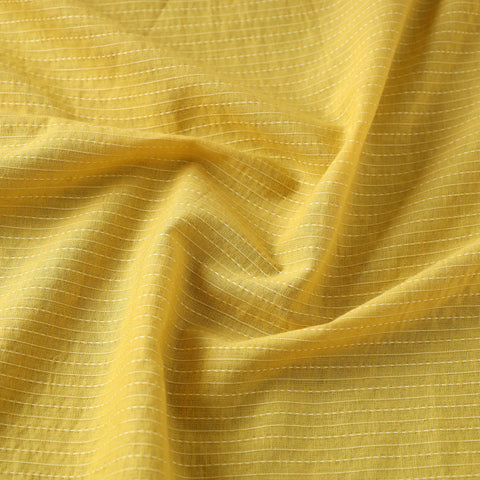
India was known for its high-quality cotton textiles, which were traded worldwide. This factor makes a significant part of the country's economy and cultural identity.
Different types of cotton fabric are popular in India due to the hot and humid climate. Cotton is breathable, comfortable, and soft, which makes it an ideal choice to make kurtas, sarees, dresses, shirts, and more.
2. Wool: The Warmth of Tradition
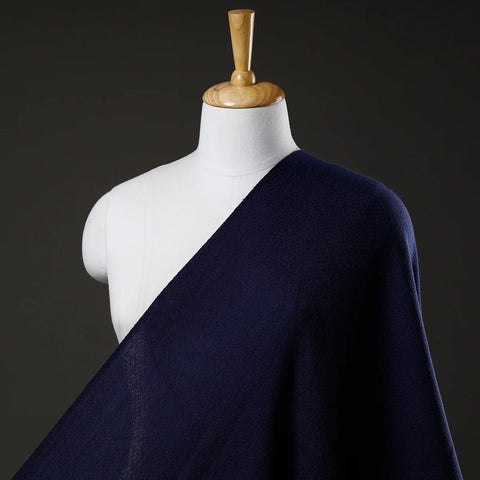
Wool is an essential fabric in India’s northern regions, particularly in areas like Kashmir and Himachal Pradesh.
The tradition of weaving wool into shawls, blankets, and garments has been passed down through generations, with the famous Pashmina shawls becoming a symbol of luxury and warmth.
Similarly, the vibrant Kullu and Kinnauri shawls from Himachal Pradesh showcase intricate craftsmanship and regional patterns.
3. Linen: The Cool and Comfortable Choice
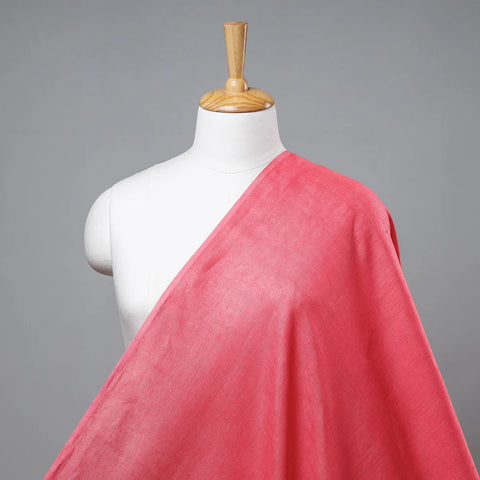
Linen is known as one of the oldest fabrics in the world, with its history tracing back to ancient Egypt, where it was used to wrap mummies and worn by priests.
The fabric’s cool and comfortable properties made it ideal for hot climates owing to its durability, moisture-wicking properties, and breathability.
Linen is derived from the flax plant and is considered ideal for crafting linen kurta, dupattas, stoles, trousers, and even shirts for men.
Linen is easy to maintain and gets softer with each wash. It remains a staple in wardrobes for its timeless quality, especially when the temperatures soar.
4. Chanderi Silk: The Elegant Weave
Chanderi silk comes from the town of Chanderi in Madhya Pradesh, with a history that dates back to the 11th century. The fabric was initially woven with pure cotton, and it later incorporated silk.
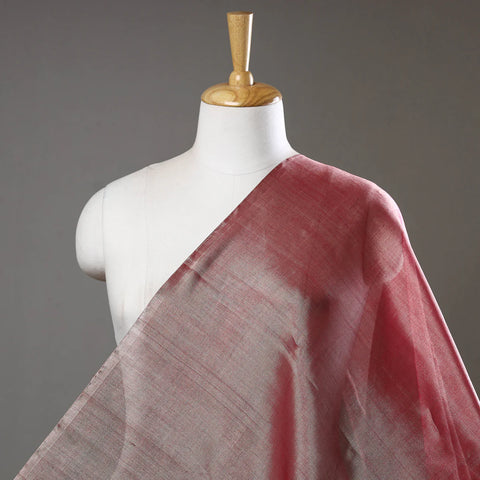
Chanderi silk became highly reputed during the Mughal era for its lightweight and translucent texture, making it a favourite among royalty.
Chanderi silk blend combines the luxury of silk with the practicality of cotton, as it is lightweight, refined and sophisticated. This makes it perfect for everyday use, while looking sharp and classy.
Several traditional garments like sarees and lehengas are made from this type of fabric, and often feature intricate patterns and zari work (gold and silver thread embroidery).
Handwoven & Heritage Fabrics
Indulge in the rich look and texture of handwoven fabrics that reflect the heritage of our country. From different types of prints on fabric in india to different types of cloth material, let us discover the handwoven and heritage fabrics of India:
1. Maheshwari: The Heritage Weave
Maheshwari fabric originated from the town of Maheshwar in Madhya Pradesh. This particular fabric was first introduced in the 18th century by Queen Ahilyabai Holkar. The fabric was initially designed for royalty owing to its luxurious feel and distinctive patterns, including checks, stripes, and floral motifs.
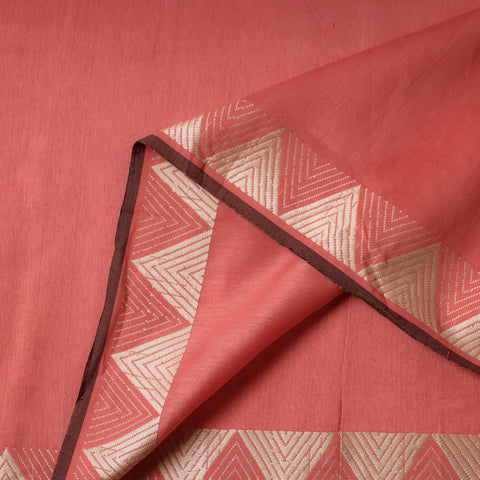
Maheshwari blends silk and cotton and offers a lightweight and versatile material that’s perfect for sarees, suits, lehengas, and other ethnic dresses.
The heritage weave of Maheshwari fabric tells about the region’s cultural history as well as artisanal expertise. It’s not just a fabric; it’s a piece of heritage.
2. Jamdani Fabric
Jamdani fabric, also known as Dhakai, originated in the Bengal region of the Indian subcontinent. It is a fine weave fabric, made from cotton, which was very popular during the Mughal rule in India.
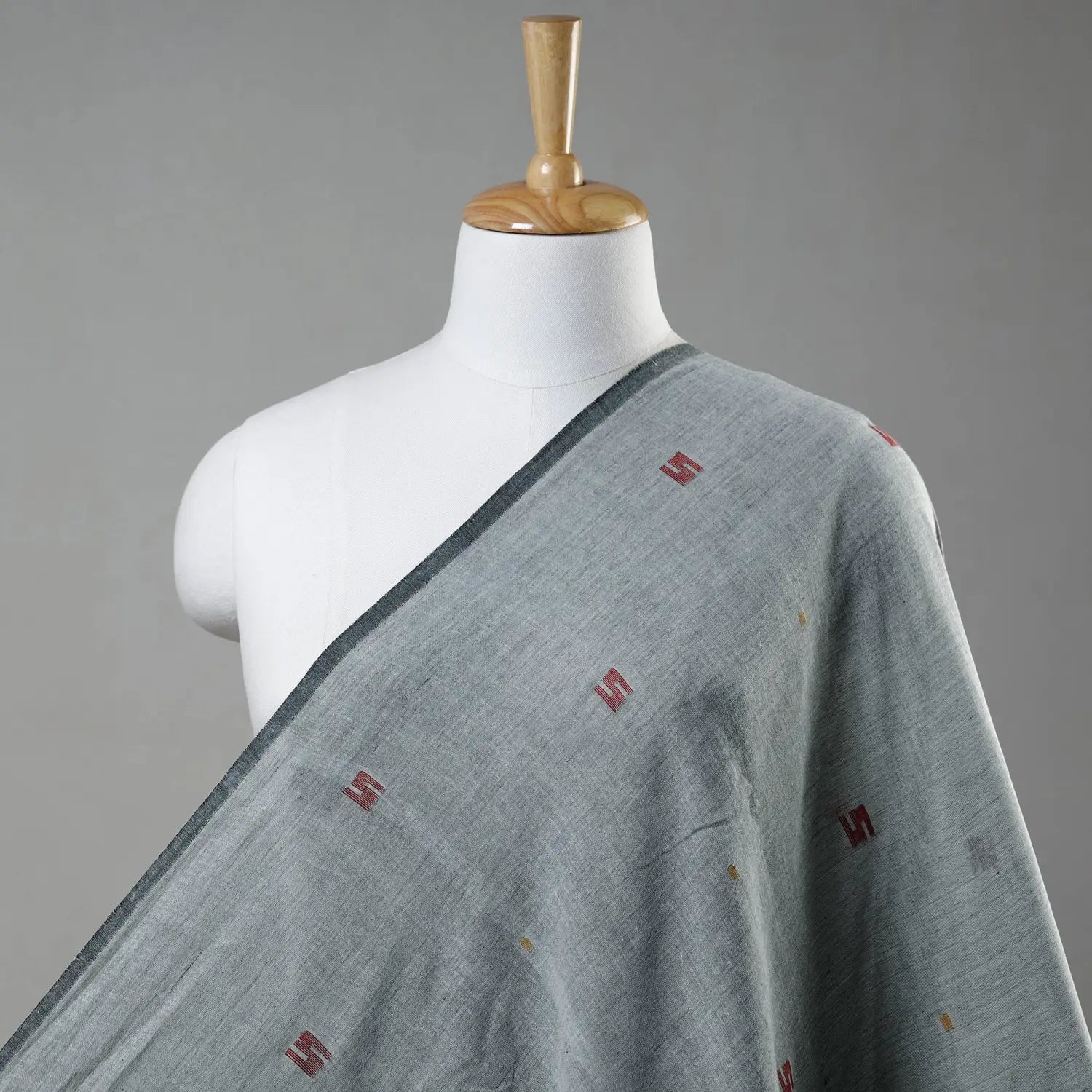
People often confuse it with muslin, as it is very airy, lightweight, and breathable. However, the tapestry work of gold and silver threads in Jamdani fabric sets it apart from other types of cotton fabrics.
Jamdani fabric is luxurious and is often used as a dress material for making traditional ethnic clothing. The geometric motifs give this fabric a unique look.
Conclusion
India’s traditional clothing is a beautiful blend of culture, history, and craftsmanship, and each fabric adds its own unique touch. All these fabrics are not just materials; they are symbols of India’s rich textile heritage. Understanding these Traditional Indian Fabrics helps you appreciate the artistry involved and make informed choices at the time of selecting traditional attire for any occasion.
Whether it’s for a wedding, a festival, or a casual day out, the diverse range of fabrics available ensures that there’s something for every occasion and style.
iTokri offers a curated selection of traditional Indian fabrics like silk, cotton, and jute, celebrating India's rich textile heritage. From luxurious sarees to eco-friendly jute kurtas, iTokri provides authentic, handcrafted clothing that beautifully blends tradition with modern style. iTokri is India's most trusted & reviewed online store for buying handicrafts of India. Visit now!
Frequently Asked Questions On Types Of Clothes Fabric
1. How many types of fabric are there in India?
There are primarily 4 types of fabrics in India- cotton fabric, silk, wool, and linen. There are several variations in these fabrics, such as mulmul, Kanjivaran silk, munga silk, Jamdani, Banarasi silk, Chanderi fabric and more.
2. What are the popular fabrics in India?
Kanjivaran silk, Jamdani, Pashmina, Banarasi silk, Chanderi fabric, and Muslin are the most popular fabrics in India. These are often used to make ethnic clothes like sarees, suits, lehengas, etc.
3. What fabric is used for Indian clothing?
In India clothing, cotton, silk, and linen are frequently used. Wool is also a popular choice in Northern parts of India.
 Verified Purchase
Verified Purchase




























































































Leave a comment (all fields required)